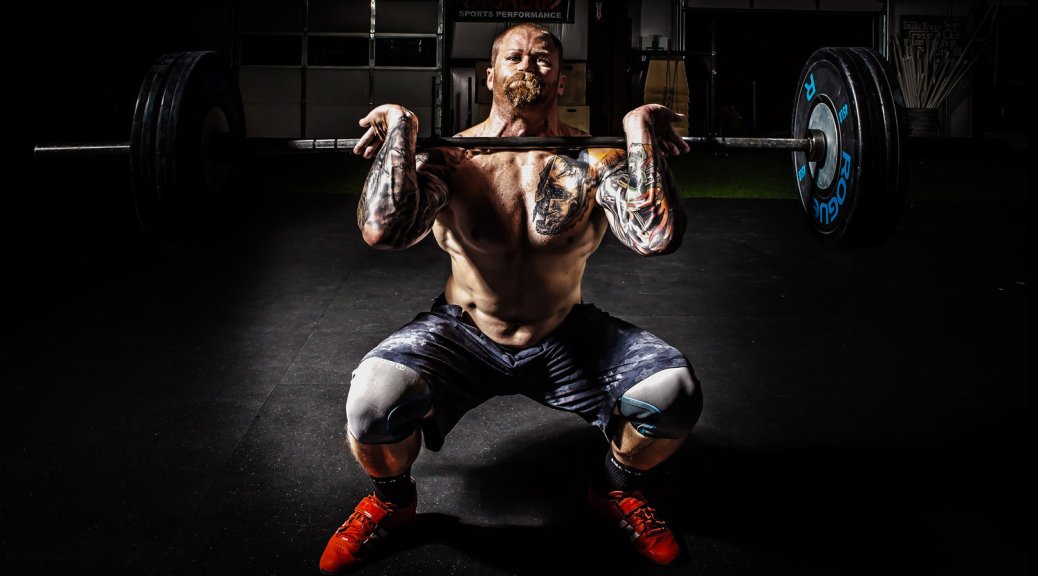Rule one inside the gym, NEVER skip leg day. Why? There are four great answers: first, your overall physique will look better if your legs are proportionate to your entire body. Second, your athletic ability will increase only if you take the time to make your legs stronger and more durable. Remember, athletic activity such as sprinting, jumping, swimming, etc… only increase with the development of your lower body. Third, the hormone response from working legs is unrivaled when compared to other muscle groups in the body. This will only speed up the process of muscle growth throughout the entire body. Last, but most certainly not least, injury prevention and the development of bone density.
Aesthetically, if you do not train legs, your body will look disproportionate. Many like to cover up their mass deficiency, but sooner or later, your lack of size in the lower body will become unveiled. If you are trying to put on mass to look better and have greater confidence in everyday life, I would focus on hypertrophy workouts for the legs. For example, perform sets of 6 to 12. This is the optimal rep range for gaining mass. Anything above 12 reps is going towards muscle endurance training and anything below 6 reps is categorized as strength training. Although, you should have exercises in your program that enhance strength, mass building, and endurance separately, if you want to prioritize mass building, incorporate sets of 6 to 12 reps more than any other rep range.
The hormone response from leg training is important for muscle development as well as building strength. Yes, you receive a hormonal response when you do any type of physical activity, but nothing compared to the amount produced when training your lower half. The legs have a great quantity of muscle mass therefore the levels of testosterone, insulin, human growth hormone, and all others released, are increased since more muscle fibers are being used, and the intensity of an exercise can be increased past what other parts of the body are able to withstand. With this surplus of hormones, comes greater and faster muscle gain.
The lower body plays an intricate role in athletic ability. Humans generate most of their force from the ground up so your leg strength and durability help you succeed in whatever sport you compete. If your main goal is to succeed in the world of sports, training your legs to produce a great amount of force will be one of the best assets an athlete can have therefore strength must be a priority in the gym. Performing lower reps with a higher load will be the greatest way to gain strength. Although with more weight comes more responsibility. DO NOT max out every time you lift because this is not an efficient way to build strength and most likely lead to injury. It is imperative you start with efficient and safe strength programming. If you need further advice about building strength or need a beginners program to start your journey, you can contact the Premier Performance team and talk to me, Coach Gabe, about how you can get closer to your athletic/aesthetic goals.
Last but not least, injury prevention is arguably the greatest outcome of lower body resistance training. By preparing your body for heavy loads and prolonged strenuous activity, you will be more suited for whatever life throws at you. All walks of life, especially athletes, would benefit from knowing their body is safe from injury and hardship. The higher performance demanded upon your body, the greater chance of injury so by breaking down muscle fibers to only build back in greater abundance and increasing bone density will only benefit you in the long run, both of which you can achieve through resistance training.
Thank you for reading! If you have any questions or you need help starting your fitness journey with Premier Performance you can contact me at gabepate1123@gmail.com
Also, check out Premier Performance’s newest line of shirts made only for those who strive to #becomepremier https://premierperformanceapparel.com/
Written by: Premier Performance Training Coach Gabe Pate
Follow our Blog https://premierperformancetraining.wordpress.com/









